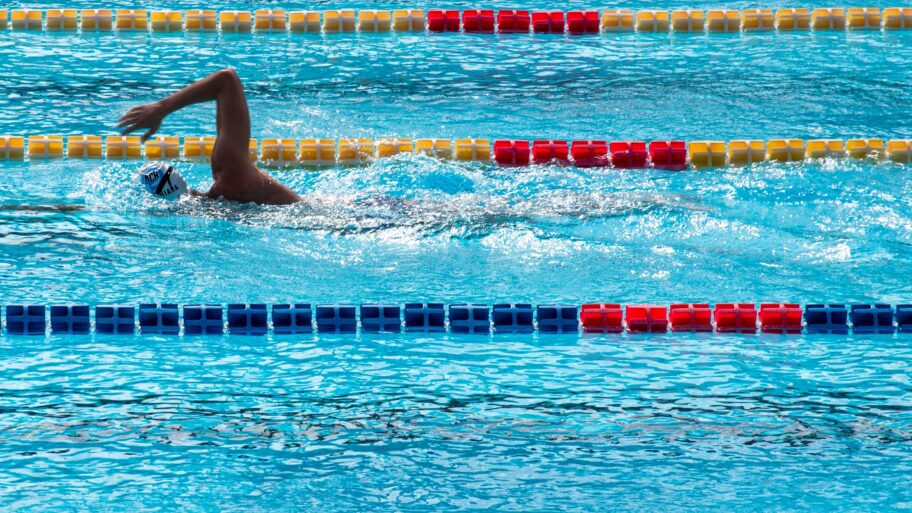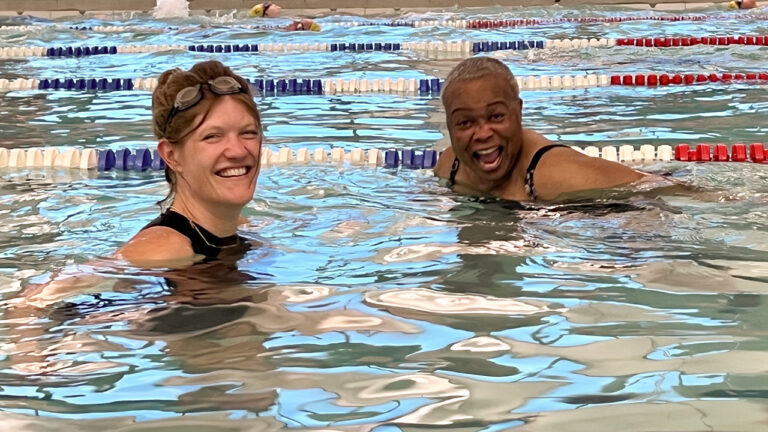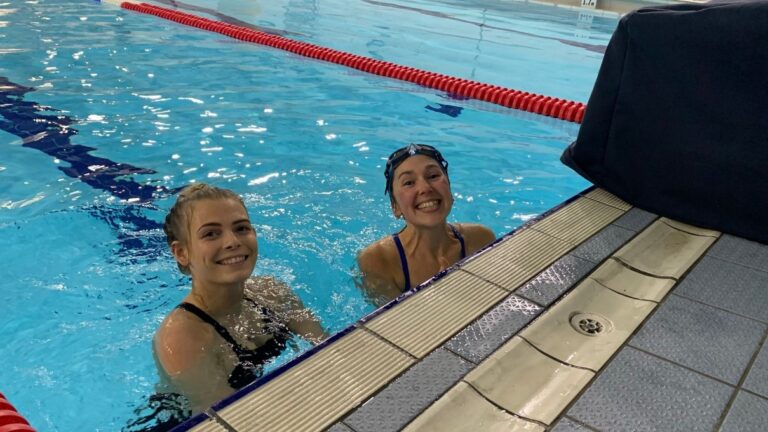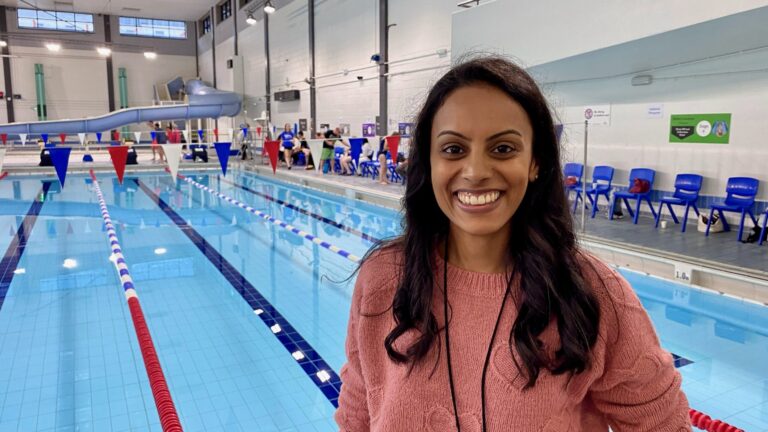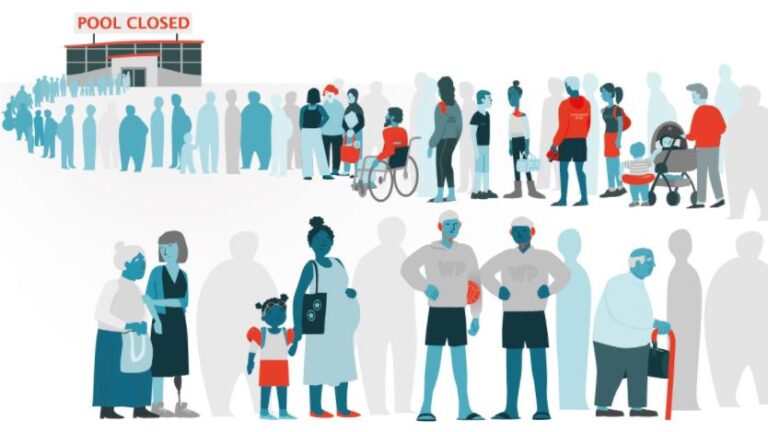As our club has started again, we’d like to share a refresher on swimming etiquette: it’s important to respect some basic rules so that everybody can have a great time. This week, we list some of the good practices, behaviours and manners you can use in a pool to make the swimming sessions enjoyable and peaceful for you and other swimmers.
1. Swim In the Right Direction
To avoid collisions between swimmers, most pools have defined a swimming direction, for example anti-clockwise where the swimmer swims on the right-hand side like on European roads. Be aware that some pools or even some lanes within the same pool can follow the opposite direction. In general, the swimming direction is indicated by a sign at the end of the pool.
As a result of Covid-19, some pools have widened their lanes (by combining two lanes into one for instance) to allow more room between swimmers. Even in this case, it’s best to avoid swimming in the middle of the lane even though that feels more comfortable because this prevents faster swimmers from overtaking you and increases the risk of colliding with another swimmer coming in the opposite direction.
Similarly, when you get to the wall and want to have a rest, try and stay on the side so as not to block other swimmers from making a turn. Additional best practices include avoiding stopping in the middle of the length and keeping your own pace when someone overtakes you.
2. Choose the Right Lane
Signs at the end of each lane indicate the type of swimming the lane is for: in general, this is based on speed (fast, medium, slow) but sometimes also in terms of equipment (paddles and fins only) or activity (swimming versus children activities). It is useful to evaluate other swimmers already in the lane before you choose the right lane for you and to avoid overestimating your capacities. You may also want to do part of your swimming session in one lane (for instance, the fast lane if you are good at front crawl) and part of it in another lane (practising your kick in the slow lane). Even when you are in the right lane, you may still have swimmers with different speeds. In this case, if you want to pass a slower swimmer, tap him on the foot so that he knows your intention. He will then stop at the end of the lane and move to the corner so that you can pass.
3. Adapt Your Swimming Session
If the pool is busy, we recommend you make some adjustments to your plans. For instance, as the butterfly stroke takes a lot of space, you may risk hitting other swimmers, so it might be best to choose another swimming technique. Similarly, if you are not confident that you can swim in a straight line when doing the backstroke, it’s best to avoid it to avoid collision with other swimmers. Another idea is to ask one of our volunteers to help you swim straight, this is what I do when I swim with Ramin and that there aren’t many other swimmers in the lane. Be also careful if you are using equipment like paddles or fins, as they can hurt other swimmers.
4. Follow Hygiene Rules
Before going to the pool, look on their website or ask the reception or your swimming club about the hygiene rules that apply, as the rules may vary from one pool to another. For instance, some pools may require swimmers to wear a cap or forbid swim shorts. Make sure you don’t wear outdoor shoes near the poolside but prefer clean flip-flops or sandals. You must also take a shower from head to toe and with soap before and after getting in the water, and use the toilets before your swimming session. Finally, refrain from going to the pool when ill as you may spread your germs to other swimmers, or bring food and drinks (other than water) near the poolside. These rules are designed to preserve water quality and therefore swimmer safety – in particular to avoid allergies, irritations or breathing problems, and can be particularly important for people with disabilities.
5. Be Kind and Courteous
Some of us have experienced getting a bit upset at slower swimmers because they were not positioned on the right side of the pool for instance. Sometimes, we may also have been this slow swimmer ourselves. A pool is full of people with diverse levels of swimming abilities and personalities, and we must all ensure it stays a peaceful place. Look after yourself but also others: don’t dive, jump, or push off into oncoming swimmers as this could cause some serious injuries to both swimmers. In all cases, leave some personal space for people around you, for instance by not starting swimming immediately behind another swimmer as this may increase the risk of tensions between people. Finally, if you accidentally hit someone or vice-versa, offer your apology or accept the reconciliation and move on.
We hope those guidances are useful for you, as a WeSwim volunteer or swimmer, and you can apply them next time you visit a pool, so everyone can benefit from the enjoyment and wellbeing brought by swimming.
Photo by Serena Repice Lentini on Unsplash
